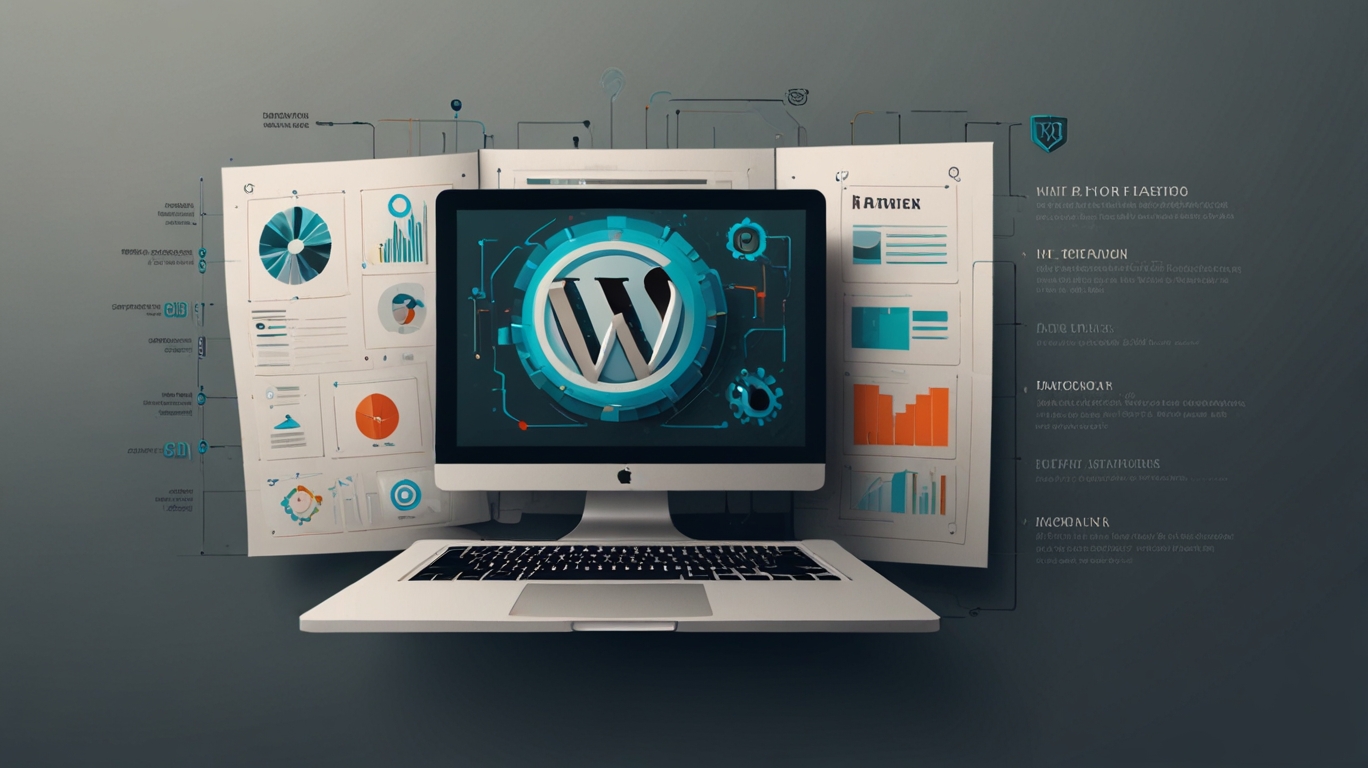Physical Address
304 North Cardinal St.
Dorchester Center, MA 02124
Physical Address
304 North Cardinal St.
Dorchester Center, MA 02124

I’ve been working on WordPress projects long enough to watch them balloon into unwieldy beasts—sites crammed with a dozen page builders, countless templates, and a backlog of 30+ active plugins. At some point, every developer hits that moment: “This is getting out of hand.” It’s easy to fall into a pattern of adding more tools, more custom post types, and more complexity, but the truth is, sometimes less is more. Over the years, I’ve learned that a leaner, more focused WordPress architecture not only makes your life easier but also leads to better performance and a more sustainable codebase.
Where do you start? First, examine your plugin list with a critical eye. Ask yourself: Do I really need this plugin? If it’s a simple function—like adding a custom image size or a tweak to the admin interface—try baking it directly into your theme’s functions.php file or a small custom functionality plugin. Minimizing the number of plugins means fewer update headaches, reduced chances of conflicts, and a speedier site. It’s a small but meaningful step toward a tighter architecture.
Next, think about the data structure you’ve set up. I’ve seen sites using five different custom post types when two would have done the job. Every extra piece of complexity adds weight that you’ll need to maintain over time. Streamlining post types and taxonomies not only makes your admin simpler to navigate, it also eases the mental load for future developers. Plus, when you keep your structure intuitive, your content creators spend less time asking, “Where do I put this?” and more time actually producing valuable content.
Templating is another area ripe for simplification. Instead of relying on three page builders or multiple overlapping frameworks, choose one solid approach and stick with it. Whether that’s embracing the native Gutenberg editor, committing to a stable theme framework, or building lean custom templates, consistency matters. The fewer moving parts you have, the fewer things can break when WordPress rolls out its next update. And trust me, as a core contributor, I’ve seen how updates can ripple through complex sites and cause unexpected problems.
Let’s talk about performance. By now, everyone knows Google frowns on slow sites. Bloated architecture—endless includes, complex queries, and too many nested loops—contributes to slowness. Streamlining your architecture often translates into snappier page loads. Start by looking at your queries. Can you reduce the complexity by caching results or simplifying relationships between content types? Even a small reduction in database calls can yield speed improvements that visitors (and search engines) will appreciate.
In my experience, a lean WordPress build also leads to better security. Fewer plugins and simpler codebases reduce your attack surface. Without a tangled web of dependencies, it’s easier to keep track of what’s running where, and when a vulnerability emerges, it’s less of a nightmare to patch. It’s like having a tidy workshop: fewer tools to rust, break, or get lost in the shuffle.
Ultimately, simplification is not about stripping WordPress down to bare bones—it’s about being intentional. It’s recognizing that just because you can add one more feature doesn’t mean you should. By cutting the clutter and focusing on what really matters, you create a more maintainable, more performant, and more secure environment. Your future self—and anyone else who touches the code—will thank you for it. Trust me, after all these years working with WordPress, I’ve learned that the most elegant solutions are often the simplest.